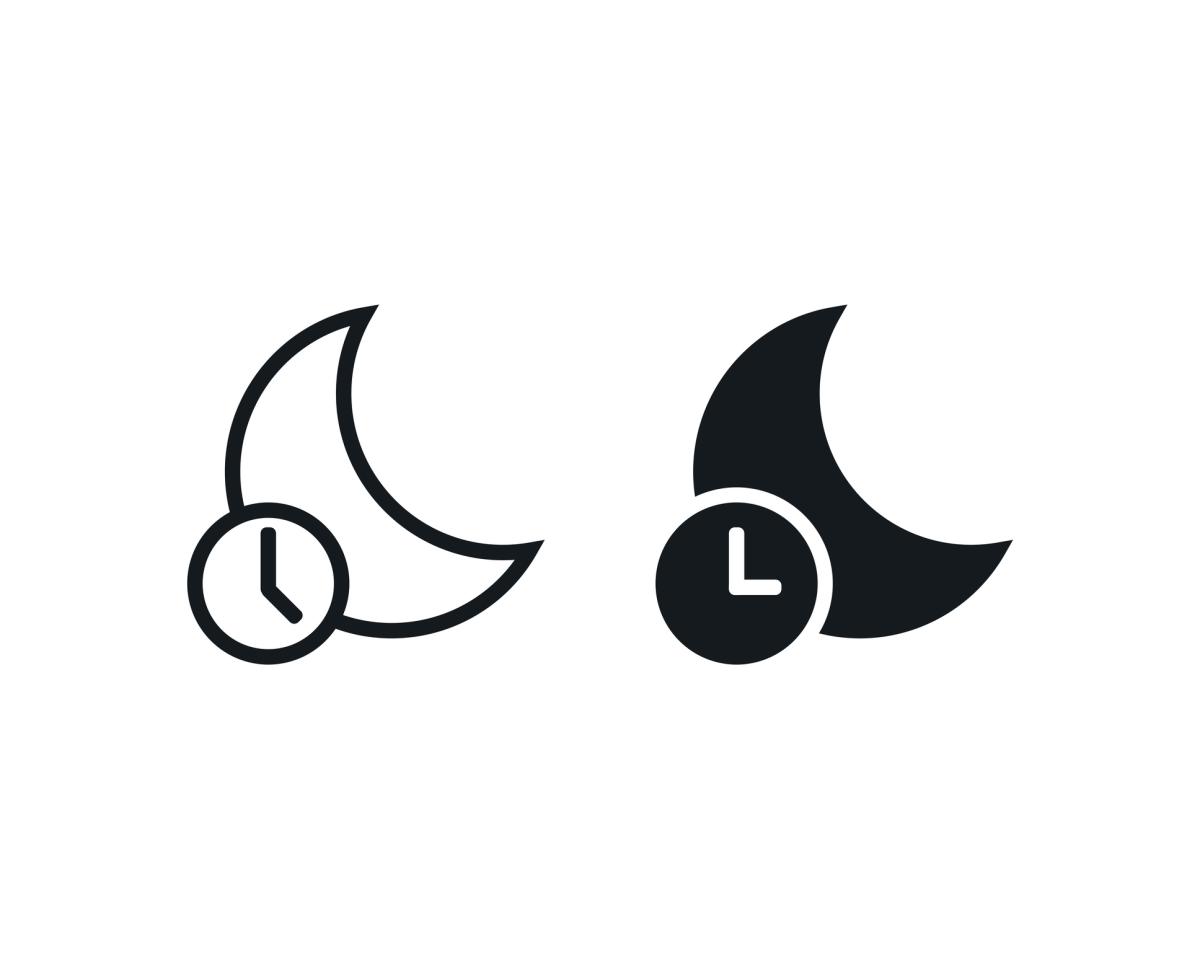By Bruce Levine, CEO of NightShares, a new ETF company offering ETFs designed to capture the Night Effect.
2022 was a tough year for the US equity market with the S&P 500 down 19.4% and the Russell 2000 falling 21.6%. The markets however continued to demonstrate the power of the Night Effect in both large cap and small cap stocks - with the overnight session down less than the full 24-hour (“hold”) cycle and with substantially less volatility. The Night Effect worked well throughout 2022 with the exception of during the "bear market rally" from July 1st through to August 16th. The first half of 2022, the lowest performing six-month period in U.S. equities in the last 50 years, saw night fall far less than the overall market. The second half of the year was mixed as day performed well during the short rally in the first six weeks of the half but then the overnight session once again showed its strength in terms of both risk and return for the remainder of the year.
2022 in Review
Investors exposed to just the night would have seen smaller losses with lower volatility than those investing across the full 24-hour market cycle in 2022:
|
As the chart shows, the relationship between day and night varied in US large and small cap equities from a relative performance perspective, although day was far more volatile in both cases. H1 2022 (January - June) The Night Effect was strong in the first half of the year during a period of sharp declines in the U.S. equity markets.
The significant difference in volatility reflects the number of days when daily returns were relatively high or low. As shown in the table below, day had far more +/- 1.00 percent return days than the overnight session: For investors focused on risk-adjusted returns, Night’s lower level of losses combined with reduced levels of volatility may have made H1’s outcome slightly easier to bear. H2 2022 (July - December) The Night Effect struggled in the second half of 2022, lagging the hold period as the market turned positive.
Upon closer evaluation, Night’s challenges in the second half of 2022 were a function of the “bear market rally” that occurred from July 1st through August 16th as the rally was entirely driven by daytime performance both in large and small cap U.S. equities:
This strong period of daytime performance is quite rare based on a review of the last 20 years. In fact, looking at rolling 46-day periods, the daytime return for large caps of 14.2% (or more) occurred in less than 1 percent of the 46-day timeframes over the course of 20 years. Similarly, small caps were up less than 1 percent of the time when the market was up a similar 18.8 percent. The following 20 weeks in the market saw the Night Effect perform as the market declined following the short rally. And while both large and small cap stocks did well at night, the Night Effect was particularly strong in small cap stocks as these stocks fell over 5 percent as a group during December’s daytime sessions.
Looking Ahead Numerous analysts have provided predictions as to how U.S. equity markets will perform in 2023. Given the challenges of forecasting the overall market, it is not surprising that those forecasts don’t include sentiments on returns of the overnight versus the daytime trading sessions. Looking over the past 10 years (Appendix A), 2023 might look like 2014, 2015, 2017, 2019, 2020 or 2021 - years where the overall market was positive, and the overnight session outperformed its daytime counterpart. Of course, we could also have another year of negative returns and 2023 could be a repeat of 2022 from the perspective of the Night Effect. Either way, 2022 shows once again the power of the Night Effect and the potential value of tilting to the Night. Want to understand what the markets did overnight versus the current daytime trading session? NightShares has launched the NightWatch mobile app - the first of its kind tool separating U.S. equity returns since yesterday’s close into two distinct components: overnight and the current trading day. Investors around the world react to information and manage risk around the clock. While many U.S. based inventors focus on just the daytime trading session, equity returns (and risks) are a function of both the overnight and daytime markets. Given the differences in these two time periods, the NightWatch mobile app helps investors understand how news and information are impacting US large and small cap equities across the full 24-hour market cycle. You can find the NightWatch app here.
|
About the Author:
Bruce Levine is the CEO of NightShares, a new ETF company offering ETFs designed to capture the Night Effect. Bruce was one of the founders of the iShares business in 1999 where he acted as CFO and ran product development in the U.S. and then ran the European iShares business from 2003-2006. Bruce then became the President & COO of WisdomTree as it launched and spent 16 years there as an operator and Board Member. He is responsible for launching some of the most widely used including ETFs DVY, LQD, TLT, SHY, EFA, EEM & DXJ.





